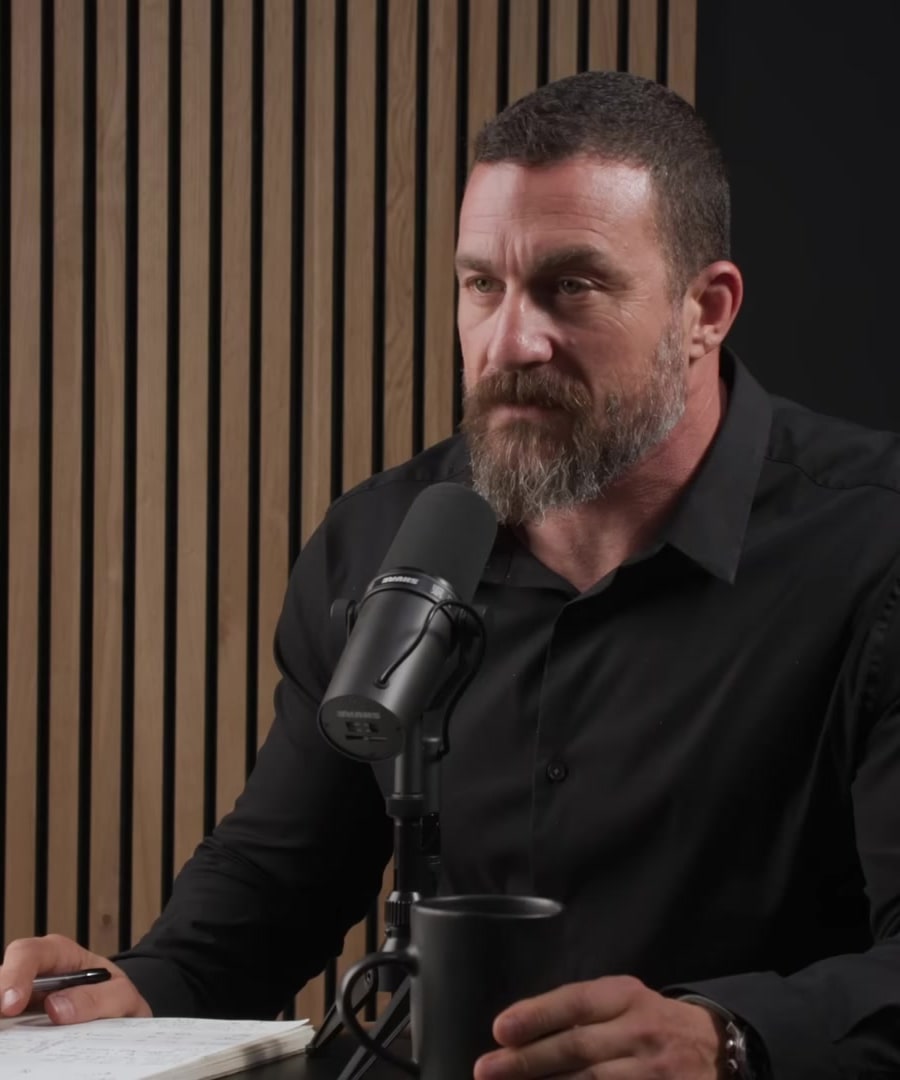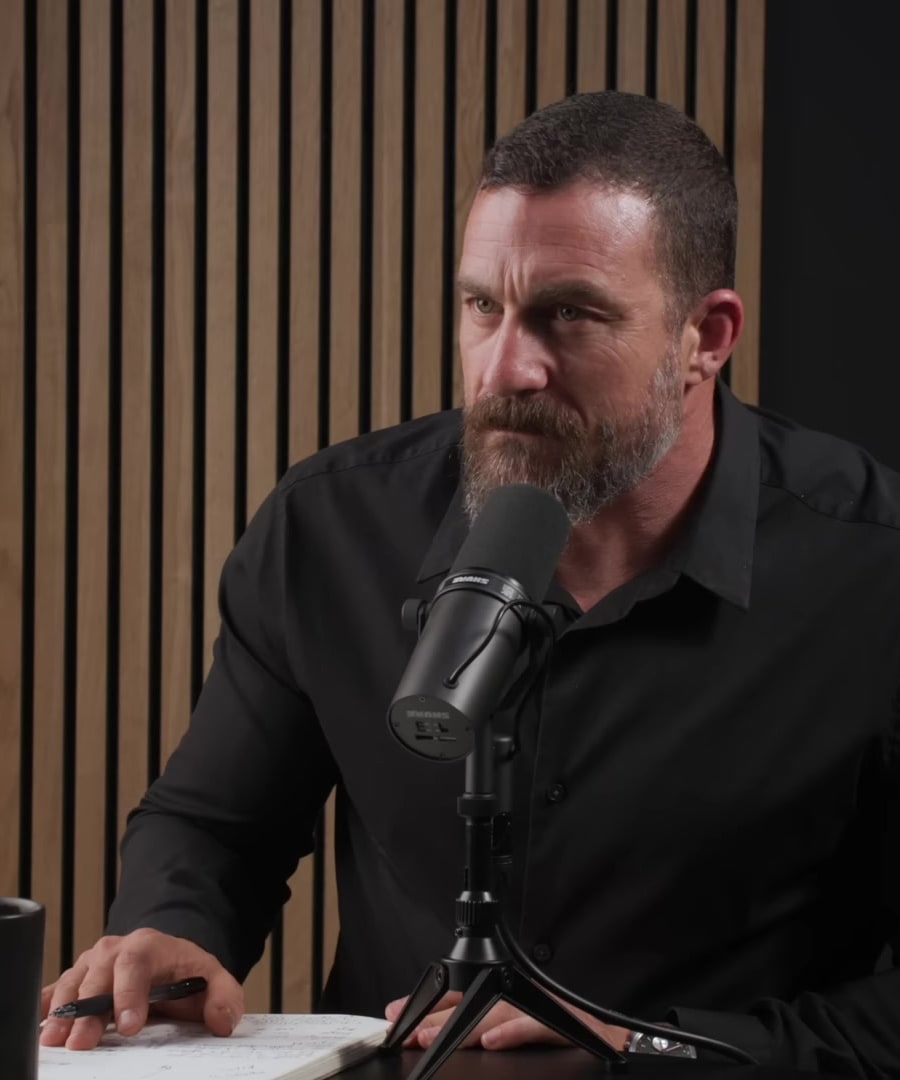how to get rid of sorenes ?
Sources:
To alleviate soreness after a workout, you can implement several methods:
-
Wear Compression Gear: Tight-fitting clothes like leggings and long sleeve shirts can prevent a bit of soreness and enhance muscle recovery when worn after a workout 1.
-
Nutrition and Supplementation: Ensure you're getting enough micronutrients and macronutrients. Increase your calorie intake by about 10% to account for any uptick in basal metabolic rate due to injury or soreness. Consume at least 1 gram of protein per pound of body weight to provide the necessary amino acids for recovery 2.
-
Consume Anti-inflammatory Nutrients: Intake of omega-3s (above 1000mg of EPA per day), Vitamin D, and magnesium malate could help reduce inflammation and alleviate soreness 3.
-
Light Movement: Low-level movement like light cardio the day after heavy training can help alleviate soreness quicker than complete rest 4.
-
Cold Exposure: Cold showers, cold water immersion (i.e., ice baths), or using cooling packs after training can reduce muscle soreness and inflammation, but may not be as effective as active recovery methods 5 6.
-
Heat: While not specifically targeting soreness, it is worth noting that heat (sauna or hot tub) can negatively impact sperm health for men, so balance your recovery options with life goals 5.
-
Exercise Choice for Endurance Training: Choose exercises that are mostly concentric-based like cycling or swimming to avoid soreness associated with eccentric landing 7.
-
Massage and Body Work: Tools like compression boots or garments, massage, and bodywork can alleviate soreness by moving fluids in and out of the tissue and enhancing blood flow 8.
Remember that recovery is an individual process, and you may need to experiment to see which methods work best for you. Always listen to your body, and consider consulting healthcare professionals when trying new recovery strategies.
RELATED QUESTIONS-
does foam rolling reduce soreness? If so? how long to foam roll each muscle?
Sources:
and guests on the have discussed various aspects of muscle soreness and recovery. While the specific topic of foam rolling and its duration was not covered in the retrieved clip, based on general scientific understanding, foam rolling is a self-myofascial release technique to alleviate muscle tightness, soreness, and inflammation, and increase your joint range of motion.
Although Dr. Huberman has not provided explicit guidance on rolling duration, typical advice ranges from rolling each major muscle group for about 30 seconds to a couple of minutes. The process involves using your body weight to apply pressure to the muscle, helping to break up knots and resume normal blood flow and function.
It's important for users to note that while foam rolling may help to reduce delayed onset muscle soreness (DOMS), its efficacy can vary from person to person, and it's always best to listen to your body and adjust duration and technique accordingly 1.
RELATED QUESTIONS
how to get rid of sorenes ?
- RELATED QUESTIONS
does foam rolling reduce soreness? If so? how long to foam roll each muscle?
- RELATED QUESTIONS








